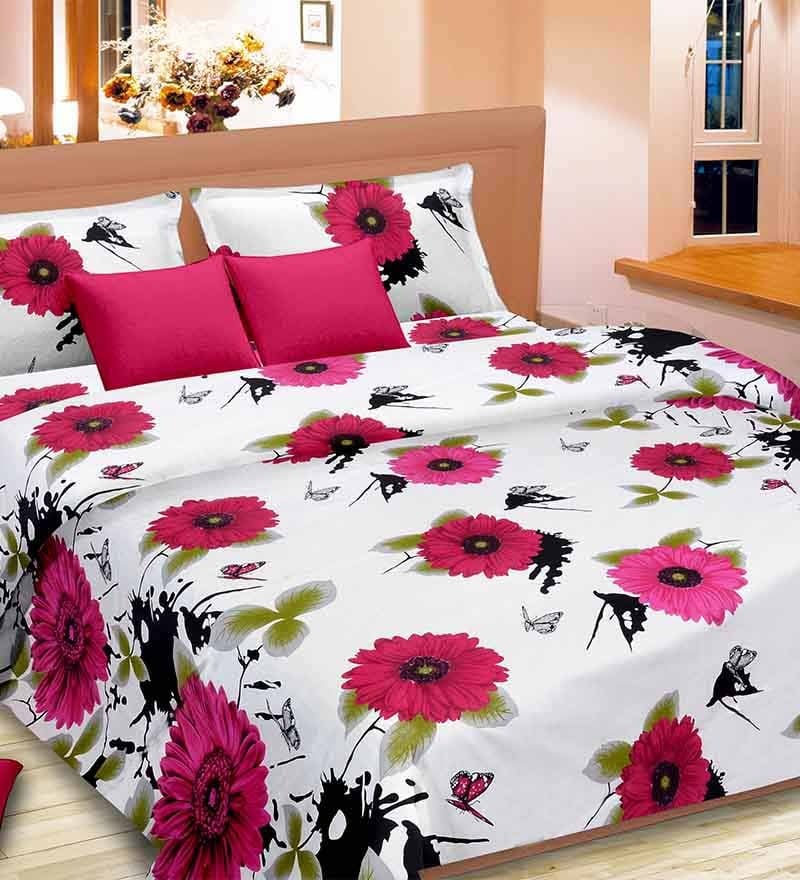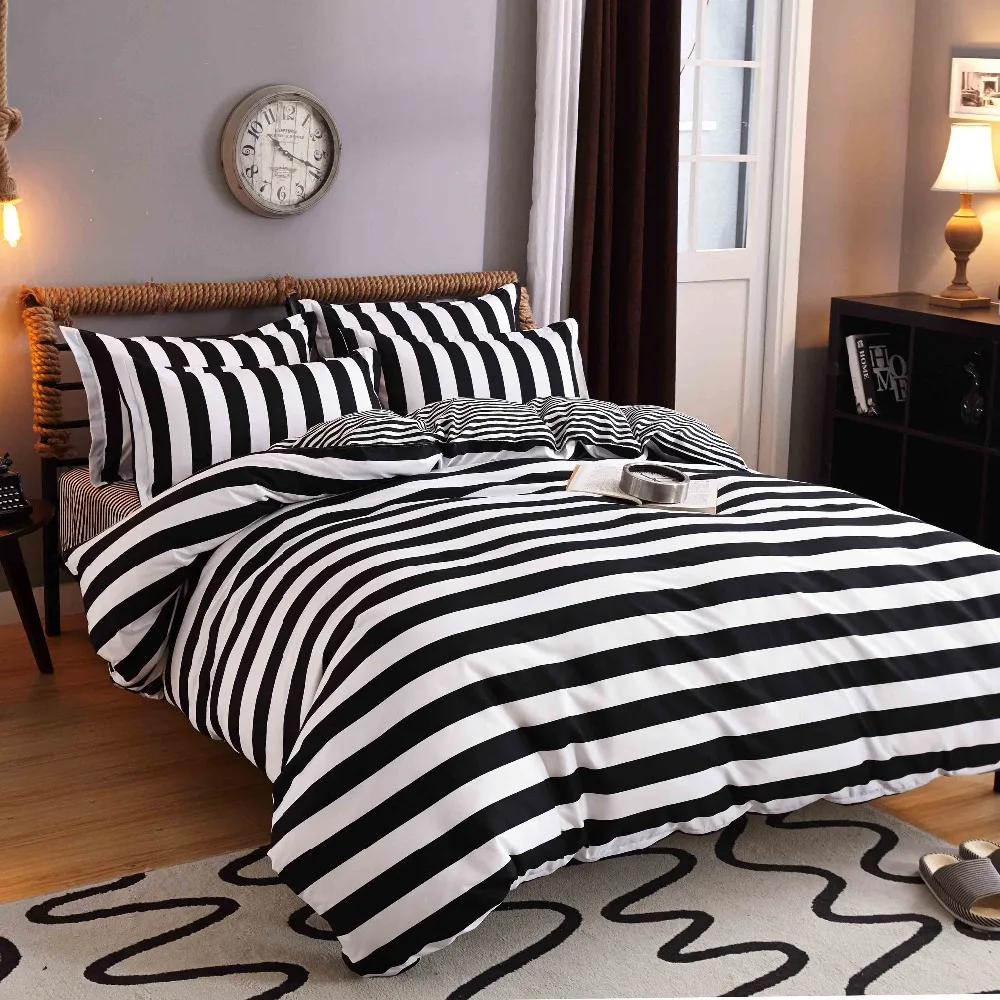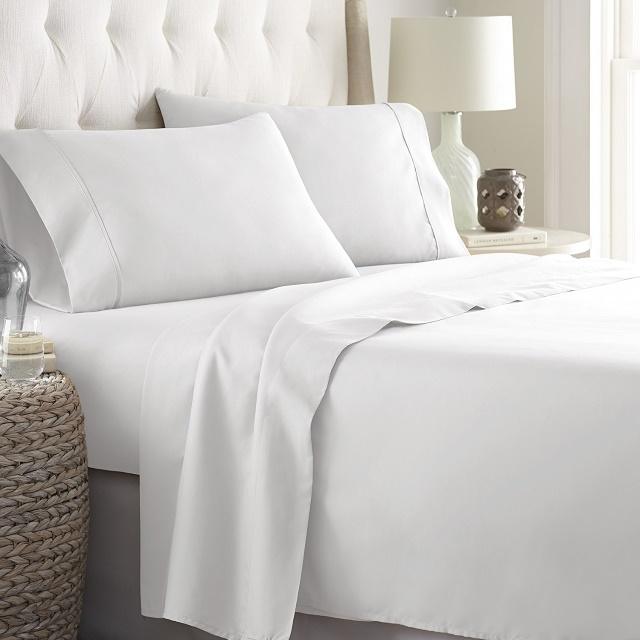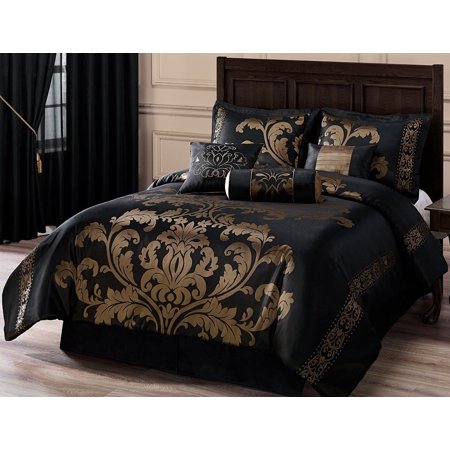Bedding, with known as bedclothes or bed linen, is the materials laid above the mattress of a bed for hygiene, warmth, tutelage of the mattress, and decorative effect. Bedding is the removable and washable portion of a human sleeping environment. complex sets of bedding for each bed are often washed in rotation and/or tainted seasonally to increase sleep comfort at changing room temperatures. Most standardised measurements for bedding are rectangular, but there are also some square-shaped sizes, which allows the user to put upon bedding without having to judge its lengthwise orientation (i.e. a 220 cm 220 cm (87 in 87 in) duvet).
In American English, the word bedding generally does not enhance the mattress, bed frame, or bed base (such as box-spring), even if in British English it does. In Australian and new Zealand English, bedding is often called manchester, especially in shops. Manchester City was a centre of the cotton industry in the late 18th and the 19th century, and into the 20th century, and in view of that cotton goods (principally sheets and towels) were perfect the broadcast 'Manchester goods', which complex was simplified to 'manchester'.
A set of bedding always at least consists of a flat or fitted bed sheet that covers the mattress; a flat top sheet; either a blanket, a quilt, or a duvet. Sometimes past a duvet lid is to be used in supplement to the top sheet; and a number of pillows afterward pillowcases, moreover referred to as pillow shams. (See Terminology for more info upon every these terms.) other blankets, etc. may be extra to ensure the essential insulation in chilly sleeping areas. A common practice for children and some adults is to beautify a bed past plush stuffed animals, dolls, and new soft toys. These are not included below the designation of bedding, although they may have enough money new warmth to the sleeper.
Lightweight white, solid-color or printed plain weave, satin weave, or flannel cotton or cotton/polyester blends are the most common types of sheeting, although linen and silk may as a consequence be used, including in combination. Goose or duck next to and new feathers are frequently used as a hot and lightweight filling in duvets, comforters and quilts. But such fill can protrude in portion even from tightly-woven fabric, and be an irritant for many people, particularly those behind allergies. Natural and synthetic by the side of alternatives are marketed. Cotton, wool or polyester batting is commonly used as fill in quilts and down rotate comforters. These are less expensive and more easily laundered than natural all along or feathers. Synthetic fibers are best in the form of thermofused (where fibers cross) batting. Thick-woven or knitted wool, cotton, acrylic or additional microfiber synthetics, or blends of these, are typically used for blankets.
New Cotton Blend Bedding Set Duvet Cover Flat sheet Bed Sheet Pillowcase Fitted Sheet Twin Full
Bath Sheet Shop the Exclusive Luxury Collection Hotels Home Collection The Luxury Collection
Can Full Sheets Fit a Queen Bed? - The Sleep Judge





No comments:
Post a Comment